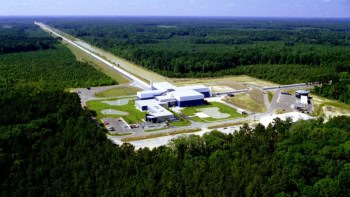Research council chiefs in the UK have been busy with their flip-charts. Like all good managers, they have taken a close look at their research programmes and analysed their strengths, weaknesses, opportunities and threats (SWOT). The result reveals that UK research is strong in many areas. It also highlights the damage that further budget cuts could inflict.
The analyses were commissioned by Sir John Cadogan, director general of the research councils, who chairs a panel that is reviewing the UK science budget. He is using the SWOT analyses to help him judge the impact of publicly-funded research on the government’s long-term objectives.
Cadogan is also consulting professional bodies and learned societies to find out how a change in funding would affect their disciplines. But his review is just one part of a comprehensive spending review covering all government departments. Any proposals that Cadogan makes will be judged against those from other areas, and will not come into force until 1999/2000 at the earliest.
There is a fear that the government might use the spending review to transfer money from the physical sciences to biology. In its response to Cadogan, the Institute of Physics emphasizes the benefits that physics brings to medicine and the biosciences. It also points out the importance of emerging areas like nanotechnology and quantum computing, and highlights the impact that physics has on wealth creation and the quality of life. “Industry is overwhelmingly dependent on basic research and if the government is keen to improve wealth creation, it must increase its funding for science, and the physical sciences in particular, ” says Alun Jones, the institute’s chief executive. The institute calls for a 5% increase in the science budget, pointing out that this is comparable with recent increases in science spending in the US and Japan.
The SWOT analyses also give valuable insights into how the research councils see themselves. The Particle Physics and Astronomy Research Council (PPARC), for example, highlights the international standing of its researchers, but is concerned that current excellence is based on earlier investment that can no longer be afforded. “The key issue for PPARC is to make sure its priorities are scientifically optimized, concentrating limited funds in growth areas where the UK has a competitive advantage, ” says Sir Martin Rees of the University of Cambridge.
The Engineering and Physical Sciences Research Council, meanwhile, appears to pride itself on its efficient administration, its links with the Technology Foresight exercise, and much of its physics research. Increased multidisciplinary research and improved technology transfer are among the opportunities that it sees ahead, while under-investment in laboratory equipment and ageing staff are among the perceived threats.



